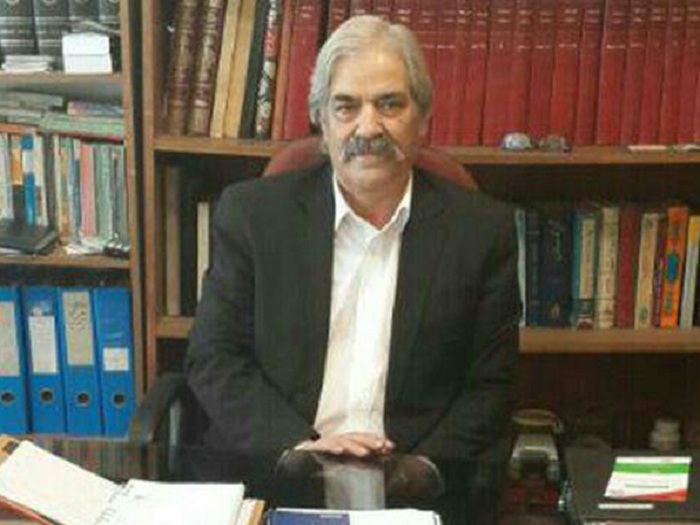Export of stone and its background in Iran

The third problem that affects the Iranian stone industry is the lack of presence of miners and owners of stone-cutting factories in stone fairs to offer production samples or the lack of presence in fairs to see the stones offered by competing countries.
According to the International Iranian Stone Exhibition, in a comparison of the Iranian stone industry with the stone industry of Turkey and other exporting countries, basic cases and views can be obtained. First, the stone and stone-cutting industry in Iran has long been generally in the form of a family; This means that the industry has been familial or even tribal.
Although there have been developments in recent years, no radical change has taken place. Secondly, stoning has been considered sacred in Mithraism. Making altars from carved stones, stone carvings and sculptures in mountain carvings, stone carvings, stone carvings, making and carving stone sculptures of heroes and scribes or powerful animals such as lions, tigers and leopards all pay attention to the values of stone carving and the place of stone carving. Stonework has a special place in Iranian literature and can be seen in Garshasbnameh, Ferdowsi Shahnameh and other writings.
In Turkey, the stone industry is as important as in Iran. This is especially true in historical areas such as Opium, Izmir, and Cappadocia. Currently, in the city of Opium, which is called the city of the prophets and is the center of religions and people of the book, there are training centers for stone and stone carving and decorative arts on stone.
The school of stone in this country is widely used to teach the stone industry and its related and continuous occupations such as decorative stones and building stones. Graduates are trained in the field of marketing in the field of stone, and on the other hand, there are specialized fields of export in the field of stones and precious stones.
Unfortunately, in Iran, miners, manufacturers, and even those with modern stone machinery do not have an academic education, and if they do, it is more in the field of exploration, extraction, and processing; Therefore, the specialty of stone and its ancillary industries is not seen among university disciplines.
If we look at the stone shops and centers for the collection and distribution of building stones in the metropolises of Iran, there is no sign of order in the packaging, coding based on the thickness, length, width, type and color of the stones. They only organize the sales work and measure its dimensions even after placing the stones requested by the customer on the vans.
The third problem that affects the Iranian stone industry is the lack of presence of miners and owners of stone-cutting factories in stone fairs to offer production samples or the lack of presence in fairs to see the stones offered by competing countries.
The important thing is that those who pay attention to this important issue and participate in the exhibition, will definitely gain a lot of customers. Unfortunately, miners and exporters do not believe in consulting or marketing, and often avoid spending on marketing, marketing, and competition.
Lack of knowledge of foreign languages and lack of translators and inattention to the use of experts are among the other problems for Iranians to enter the sales markets during exhibitions. Another important point is that the export of all kinds of stones from anywhere in Iran in the form of cut, cut and worked is possible and should be followed only by establishing sales centers and stations in the border countries of the Balkans and Turkey and partnering with producers and mine owners in and neighboring countries. Create diversity in export products and share marketing costs.
Unfortunately, competition in the field of exports of the Mediterranean, Europe and Eurasia has either not taken place or has been hampered by the lack of economic advisers in some European and North African countries. This entails an export market constraint that must be addressed through trade relations with manufacturing unions and federations.
Exports to Turkey, the European Union and North, South and Central America through offices located in Turkey, establishing stone exhibition centers in Izmir, Istanbul, Ankara, Mersin and the Mediterranean coastal provinces and participating in thematic exhibitions in the field of stone, machinery, parts and industries. Ani can expand the export of various types of stones in specific, mixed and unique colors of Iran.
Seyed Jalal Ebrahimi - Head of the House of Economics and Trade of Iran and Turkey - Samat










